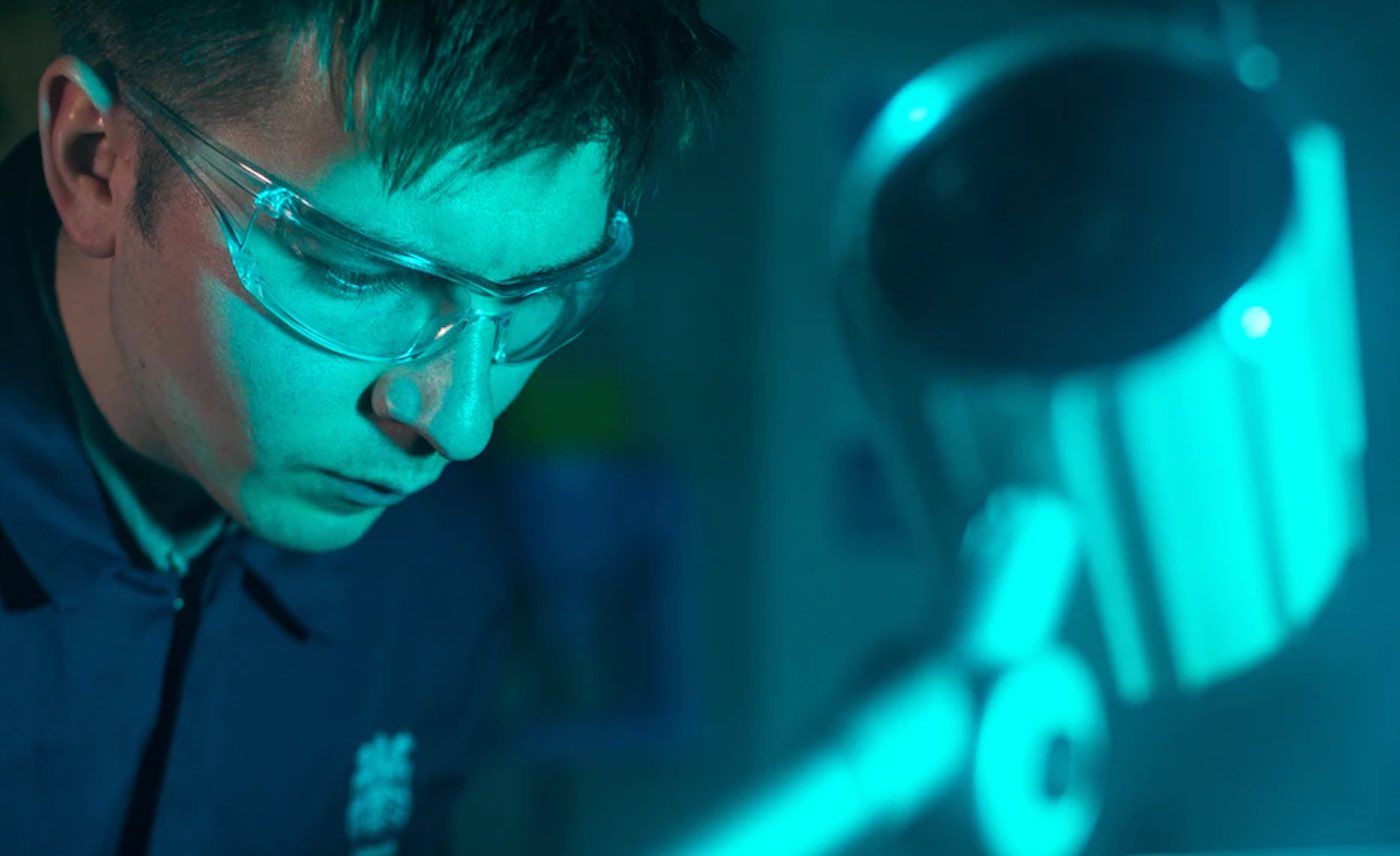A notable characteristic of several well-known neurodegenerative diseases—such as Alzheimer’s and Parkinson’s—is the formation of harmful plaques that contain aggregates of amyloid proteins, also known as fibrils. Unfortunately, even after decades of research, getting rid of these plaques has remained a herculean challenge, so treatments for these patients have not been very effective.
Now, scientists are revealing the results from experiments that show how resonance with an infrared laser, when it is tuned to a specific frequency, actually causes amyloid fibrils to disintegrate from the inside out.
Their findings open doors to new therapeutic possibilities for amyloid plaque-related brain diseases that have thus far been incurable.
In recent years, instead of going down the chemical route using drugs, some scientists have turned to alternative approaches, such as ultrasound, to destroy amyloid fibrils and halt the progression of Alzheimer’s disease.
Now, a research team led by Dr Takayasu Kawasaki (IR-FEL Research Center, Tokyo University of Science, Japan) and Dr Phuong H. Nguyen (Centre National de la Recherche Scientifique, France), including other researchers from the Aichi Synchrotron Radiation Center and the Synchrotron Radiation Research Center, Nagoya University, Japan, has used novel methods to show how infrared-laser irradiation can destroy amyloid fibrils.
In their study, published in Journal of Physical Chemistry B, the scientists present the results of laser experiments and molecular dynamics simulations. This two-pronged attack on the problem was necessary because of the inherent limitations of each approach, as Dr Kawasaki explains:
MORE: New Alzheimer’s Nasal Spray Shown to Reduce Proteins Which Cause the Disease in Mice
“While laser experiments coupled with various microscopy methods can provide information about the morphology and structural evolution of amyloid fibrils after laser irradiation, these experiments have limited spatial and temporal resolutions, thus preventing a full understanding of the underlying molecular mechanisms. On the other hand, though this information can be obtained from molecular simulations, the laser intensity and irradiation time used in simulations are very different from those used in actual experiments. It is therefore important to determine whether the process of laser-induced fibril dissociation obtained through experiments and simulations is similar.”
The scientists used a portion of a yeast protein that is known to form amyloid fibrils on its own. In their laser experiments, they tuned the frequency of an infrared laser beam to that of the “amide I band” of the fibril, creating resonance. Scanning electron microscopy images confirmed that the amyloid fibrils disassembled upon laser irradiation at the resonance frequency, and a combination of spectroscopy techniques revealed details about the final structure after fibril dissociation.
For the simulations, the researchers employed a technique that a few members of the current team had previously developed, called “nonequilibrium molecular dynamics (NEMD) simulations.” Its results corroborated those of the experiment and additionally clarified the entire amyloid dissociation process down to very specific details. Through the simulations, the scientists observed that the process begins at the core of the fibril where the resonance breaks intermolecular hydrogen bonds and thus separates the proteins in the aggregate. The disruption to this structure then spreads outward to the extremities of the fibril.
Together, the experiment and simulation make a good case for a novel treatment possibility for neurodegenerative disorders. Dr Kawasaki remarks, “In view of the inability of existing drugs to slow or reverse the cognitive impairment in Alzheimer’s disease, developing non-pharmaceutical approaches is very desirable. The ability to use infrared lasers to dissociate amyloid fibrils opens up a promising approach.”
The team’s long-term goal is to establish a framework combining laser experiments with NEMD simulations to study the process of fibril dissociation in even more detail, and new works are already underway.
All these efforts will hopefully light a beacon of hope for those dealing with Alzheimer’s or other neurodegenerative diseases.
Source: Tokyo University of Science (File photo by ThisisEngineering)
FOCUS Your Friends Like a Laser On Hope – Share On Social Media…





















This is great i hope everything works out.